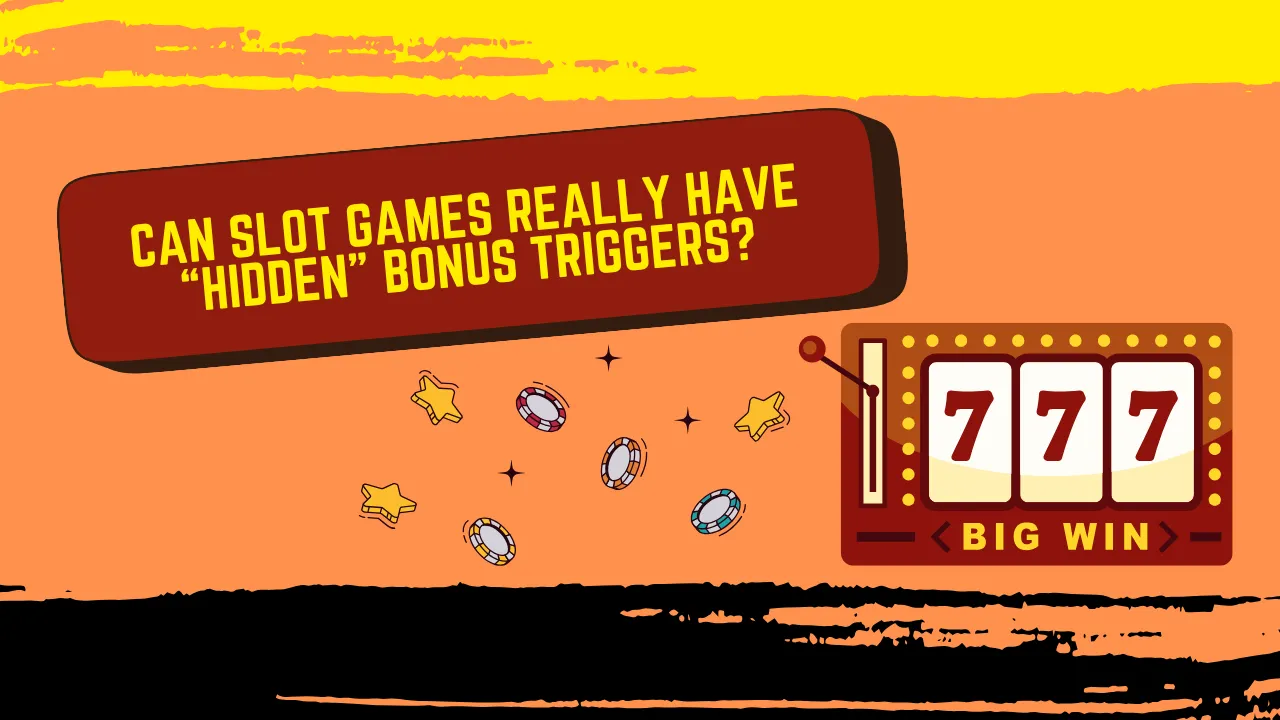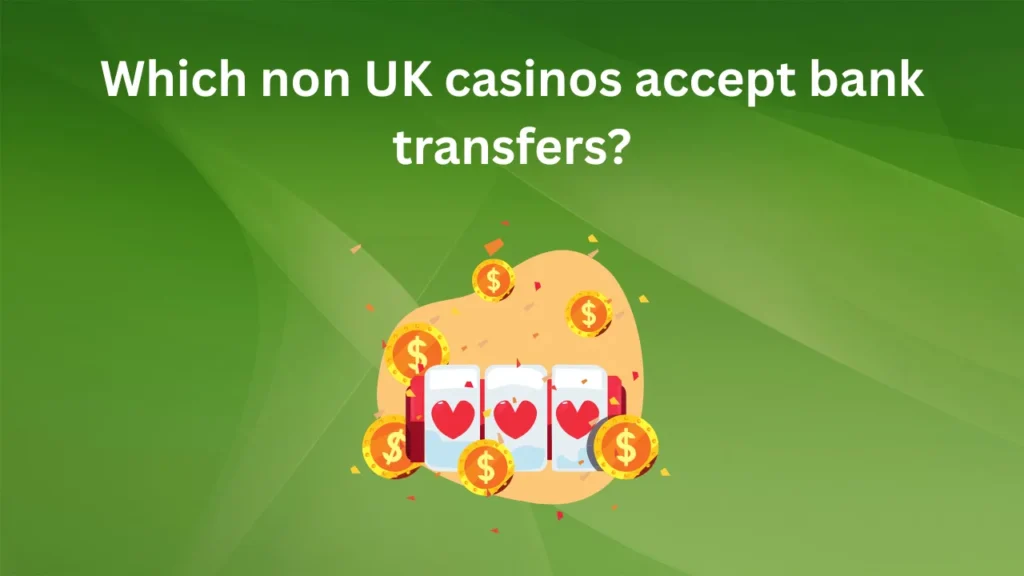Slot games are often viewed as straightforward: spin the reels, land a winning combination, and collect your payout. Yet, regular players will tell you there’s much more going on beneath the surface. Over the years, whispers have circulated in forums and casino communities about so-called “hidden” bonus triggers — secret conditions or sequences that unlock unexpected rewards. But are these hidden features real, or just part of the folklore that surrounds casino gaming?
Having researched this topic extensively and played my fair share of slots both online and in land-based casinos, I’ve seen how myths and facts can blur together. In this article, I’ll break down what players mean by hidden triggers, how modern slot mechanics work, and whether these elusive extras are anything more than creative marketing or pure coincidence.
Understanding How Bonus Features Are Designed
To start, it’s important to know how slot games are structured. Modern video slots are powered by Random Number Generators (RNGs), ensuring every spin is independent and unpredictable. Developers can add features like free spins, multipliers, or jackpot rounds, but these are always tied to visible symbols or clear rules.
For example, landing three scatter symbols typically triggers a free spin round. Sometimes developers get creative, disguising bonus triggers through mystery symbols or expanding wilds. But these are programmed features — not hidden secrets. The concept of a truly concealed trigger goes against regulatory requirements, as all mechanics must be transparent and approved by gaming authorities.
That said, slot developers often weave in elements of surprise. Some games include “random triggers,” where bonus rounds can activate without the usual scatter combination. Players often mistake these for hidden features, but in reality, they’re just part of the game’s advertised design.
Where the “Hidden Bonus” Myth Comes From
The belief in hidden bonus triggers often arises from patterns players think they notice during gameplay. Imagine spinning hundreds of times, then suddenly hitting a bonus round after a long dry spell. The timing can make it feel like a secret condition was finally met.
Additionally, developers sometimes build narrative elements into slots. A storyline might involve collecting certain symbols over time or unlocking new stages after repeated play. These mechanics can give the illusion of hidden layers, especially to casual players who don’t fully read the paytable or rules.
This idea also mirrors what we see in strategy-based games, where hidden achievements or Easter eggs are common. But in gambling, transparency is legally required. Slots can surprise, but they can’t secretly change the odds or offer unlisted rewards.
The Role of Random Events in Perceived Secrets
A major reason players believe in hidden triggers is due to randomness itself. Humans are wired to spot patterns, even when none exist. After a losing streak, finally triggering a bonus round feels like the result of persistence or a “hidden” rule finally kicking in.
Random events can also cluster together in ways that feel intentional. For instance, you might hit two bonus rounds back-to-back, creating the impression that something in the game’s code rewarded your continued play. In reality, it’s all RNG at work, but our brains prefer neat explanations over true randomness.
Interestingly, some of the same psychological tendencies apply when exploring poker and table games. Just as players search for hidden slot triggers, poker enthusiasts seek out the most advantageous platforms. Many turn to resources like best poker sites uk to find trusted venues where skill, rather than superstition, can guide results. This crossover illustrates how players in different verticals of gaming often chase both transparency and excitement.
Examples of Features Often Mistaken for Hidden Triggers
Several common slot mechanics are often mistaken for hidden bonus triggers:
Mystery symbols: These appear as one symbol but transform into another, sometimes revealing bonus rounds. Players who don’t understand the feature may think they stumbled upon a secret trigger.
Random wilds: Some games add wilds to the reels unexpectedly. This can spark the belief that a hidden rule activated the feature.
Level-based slots: Games where players “unlock” content by playing for longer stretches create a sense of discovery that looks like hidden triggers, even though the progression system is outlined in the rules.
Second-screen bonuses: Some slots transport players to a separate screen for a pick-and-win game. The way these are activated can feel mysterious to newcomers, reinforcing myths about hidden conditions.
Why Transparency Matters in Modern Slots
One reason hidden bonus triggers are unlikely to exist is regulation. Licensed game developers must submit their software to independent testing agencies like eCOGRA or GLI. These agencies ensure that all outcomes are fair, the RNG is functioning properly, and all bonus features are clearly disclosed.
If a game had genuinely hidden triggers that weren’t listed in its paytable or promotional materials, it would fail certification. This strict oversight protects players and ensures trust in both online casinos and physical venues.
Moreover, in today’s competitive market, transparency is a selling point. Developers highlight their features in flashy trailers, paytables, and marketing campaigns. If a slot had a secret bonus, you can be sure it would be promoted as a unique selling point rather than hidden away.
The Psychology of Chasing the Unknown
Even if hidden bonus triggers don’t exist, the belief in them serves a purpose. It keeps players engaged, adds a sense of mystery, and fuels discussions among gaming communities. In some ways, this psychological layer enhances the entertainment factor, even if it’s based on misunderstanding.
Developers are aware of this and often design features that capitalize on curiosity. The promise of “random triggers” or “mystery features” plays directly into our desire for the unexpected, without crossing ethical or regulatory lines.
Should You Chase Hidden Triggers?
If you’re a slot enthusiast, the short answer is no. Chasing hidden triggers can lead to longer sessions and potentially higher losses if you believe persistence will unlock a secret reward. Since slot outcomes are governed by RNGs, there’s no hidden sequence you can uncover through trial and error.
The better approach is to understand the mechanics of each game by reviewing its paytable and rules. Focus on volatility, return-to-player (RTP) percentages, and advertised features. This way, you play with realistic expectations while still enjoying the thrill of surprise events built into the game’s design.
Final Thoughts
So, can slot games really have hidden bonus triggers? The answer is no — at least not in the sense of undisclosed secrets coded into the machine. What players interpret as hidden triggers are usually random events, misunderstood mechanics, or the product of our natural tendency to see patterns where none exist.
That doesn’t mean slots lack surprises. Random features, mystery symbols, and level-based progressions are all designed to keep gameplay dynamic and engaging. But every legitimate feature is disclosed, tested, and regulated.
The real magic of slot games lies not in hidden triggers but in the combination of chance, design, and storytelling that makes each spin feel like a potential gateway to something exciting. And perhaps, the mystery of “what might happen next” is the greatest hidden feature of all.




